Refine listing
Actions for selected content:
2251 results in Cambridge Elements
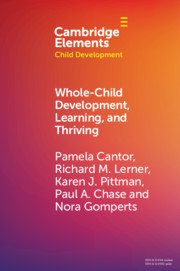
Whole-Child Development, Learning, and Thriving
- A Dynamic Systems Approach
-
- Published online:
- 30 April 2021
- Print publication:
- 20 May 2021
-
- Element
- Export citation

Wasteocene
- Stories from the Global Dump
-
- Published online:
- 30 April 2021
- Print publication:
- 20 May 2021
-
- Element
- Export citation
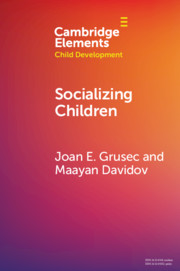
Socializing Children
-
- Published online:
- 30 April 2021
- Print publication:
- 27 May 2021
-
- Element
- Export citation
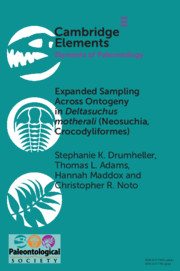
Expanded Sampling Across Ontogeny in Deltasuchus motherali (Neosuchia, Crocodyliformes)
- Revealing Ecomorphological Niche Partitioning and Appalachian Endemism in Cenomanian Crocodyliforms
-
- Published online:
- 30 April 2021
- Print publication:
- 03 June 2021
-
- Element
-
- You have access
- Open access
- HTML
- Export citation
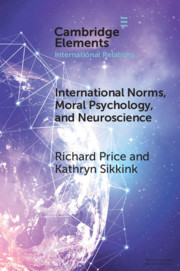
International Norms, Moral Psychology, and Neuroscience
-
- Published online:
- 30 April 2021
- Print publication:
- 19 August 2021
-
- Element
- Export citation
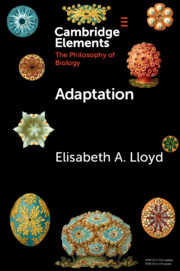
Adaptation
-
- Published online:
- 30 April 2021
- Print publication:
- 27 May 2021
-
- Element
- Export citation
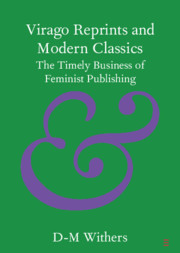
Virago Reprints and Modern Classics
- The Timely Business of Feminist Publishing
-
- Published online:
- 29 April 2021
- Print publication:
- 20 May 2021
-
- Element
- Export citation
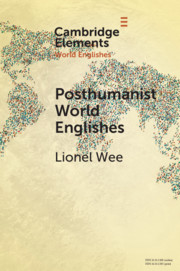
Posthumanist World Englishes
-
- Published online:
- 29 April 2021
- Print publication:
- 13 May 2021
-
- Element
- Export citation
References
-
- Book:
- Home Style Opinion
- Published online:
- 31 March 2021
- Print publication:
- 29 April 2021, pp 69-85
-
- Chapter
- Export citation
Frontmatter
-
- Book:
- Home Style Opinion
- Published online:
- 31 March 2021
- Print publication:
- 29 April 2021, pp i-iii
-
- Chapter
- Export citation
Elements in Politics and Communication
-
- Book:
- Home Style Opinion
- Published online:
- 31 March 2021
- Print publication:
- 29 April 2021, pp 88-88
-
- Chapter
- Export citation
Home Style Opinion
-
- Book:
- Home Style Opinion
- Published online:
- 31 March 2021
- Print publication:
- 29 April 2021, pp 1-68
-
- Chapter
- Export citation
Contents
-
- Book:
- Home Style Opinion
- Published online:
- 31 March 2021
- Print publication:
- 29 April 2021, pp iv-iv
-
- Chapter
- Export citation
Acknowledgments
-
- Book:
- Home Style Opinion
- Published online:
- 31 March 2021
- Print publication:
- 29 April 2021, pp 86-86
-
- Chapter
- Export citation
Elements in Politics and Communication
-
- Book:
- Home Style Opinion
- Published online:
- 31 March 2021
- Print publication:
- 29 April 2021, pp 87-87
-
- Chapter
- Export citation
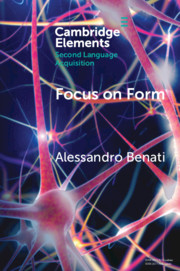
Focus on Form
-
- Published online:
- 27 April 2021
- Print publication:
- 06 May 2021
-
- Element
- Export citation

Distinct Aerodynamics of Insect-Scale Flight
-
- Published online:
- 27 April 2021
- Print publication:
- 27 May 2021
-
- Element
- Export citation
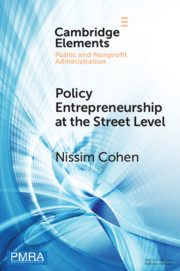
Policy Entrepreneurship at the Street Level
- Understanding the Effect of the Individual
-
- Published online:
- 27 April 2021
- Print publication:
- 13 May 2021
-
- Element
- Export citation
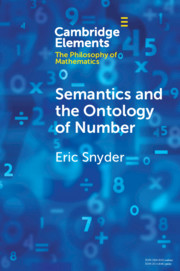
Semantics and the Ontology of Number
-
- Published online:
- 26 April 2021
- Print publication:
- 20 May 2021
-
- Element
- Export citation
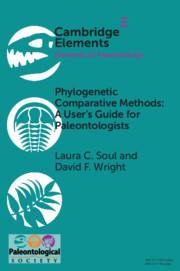
Phylogenetic Comparative Methods: A User's Guide for Paleontologists
-
- Published online:
- 21 April 2021
- Print publication:
- 27 May 2021
-
- Element
- Export citation
